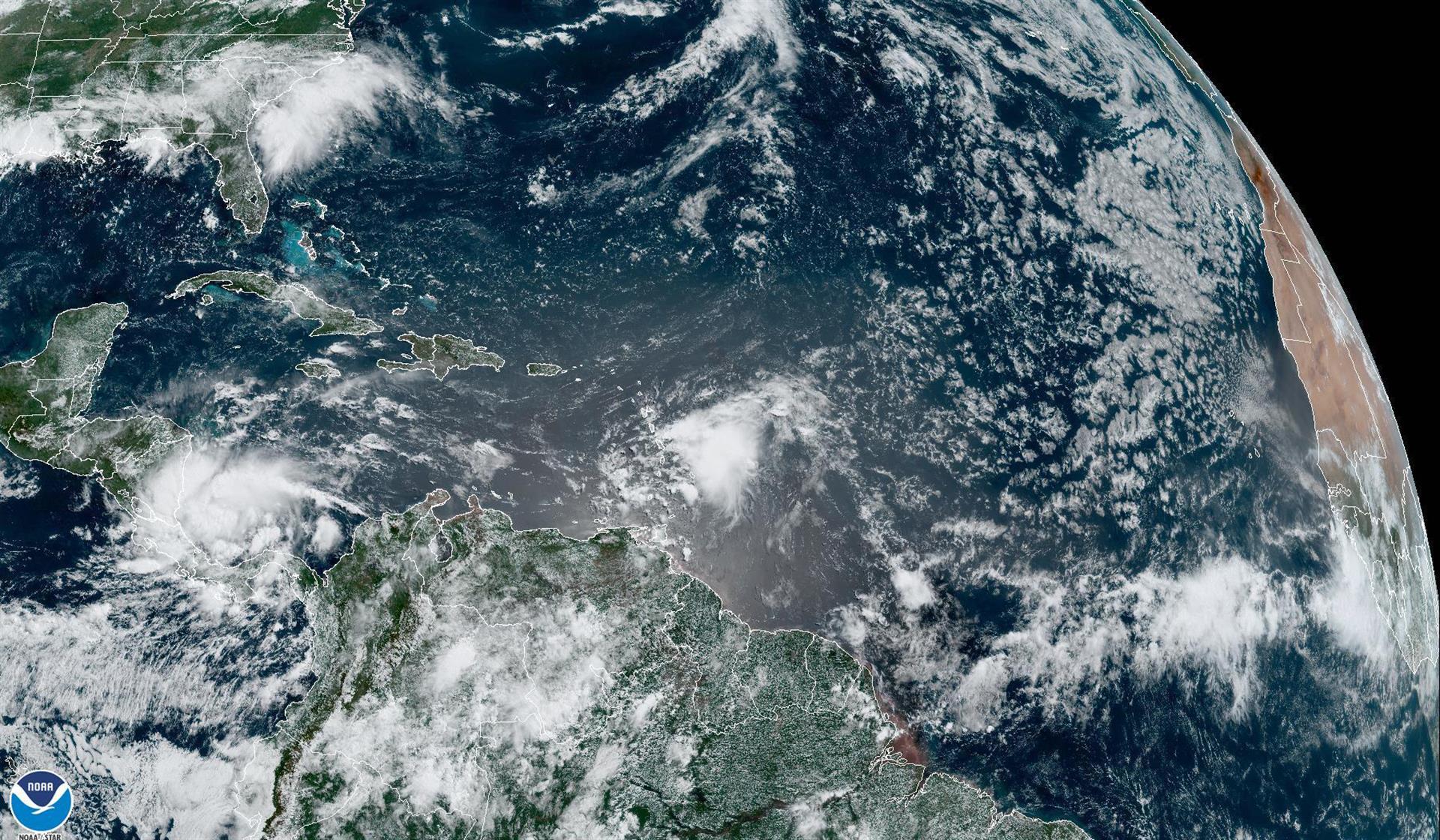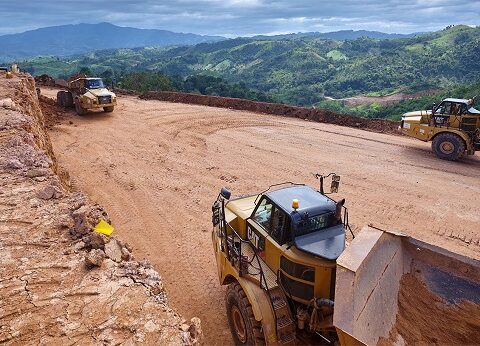Tropical storm Bonnie moved away from the Caribbean Sea and its winds reached different urban areas of the Nicaraguan Pacific, as reported this Saturday, July 2, by residents of the area, whose data was confirmed by the meteorological radar of the Nicaraguan Institute of Territorial Studies ( Internet).
The intense rains, with maximum sustained winds from Bonnie, calculated by the National Hurricane Center (NHC), of the United States, at 65 kilometers per hour, began to be felt from early morning in the department (province) of Rivas, in southwestern Nicaragua.
Related news: Ortega takes advantage of a tropical storm to proselytize and attack “neoliberal” governments
Until now, the Nicaraguan authorities have not reported victims or damages due to the storm, which hit the Caribbean coast (east) last night.
The entire Nicaraguan territory has been in a double state of green and yellow alert since yesterday afternoon, Friday, July 1, due to the passage of Bonnie, which according to the NHC, “could cause flash floods and mudslides in portions of Nicaragua. and Costa Rica throughout the day”.
The populations of the Caribbean reported decreases in rainfall and wind speed, however, in the Pacific the scenario described was the opposite, intense rains and strong winds, especially in Rivas, a department expected to be directly affected by Bonnie this Saturday.
According to data from the state-run National Development Information Institute (Inide), some 180,667 people live in Rivas, made up of Ometepe Island in the Great Lake of Nicaragua, and an isthmus between said body of water and the Pacific Ocean. 17 kilometers wide.
Eight of the ten urban populations of Rivas, which borders Costa Rica, are located on the isthmus, and some of them, such as the tourist bay of San Juan del Sur, have suffered flooding in recent months as a result of the wet season rains of the year.
With more than 500 kilometers of coastline in the Caribbean Sea, over 300 in the Pacific Ocean, and a lake of more than 8,000 square kilometers, Nicaragua is a country prone to the impact of cyclones and floods.








